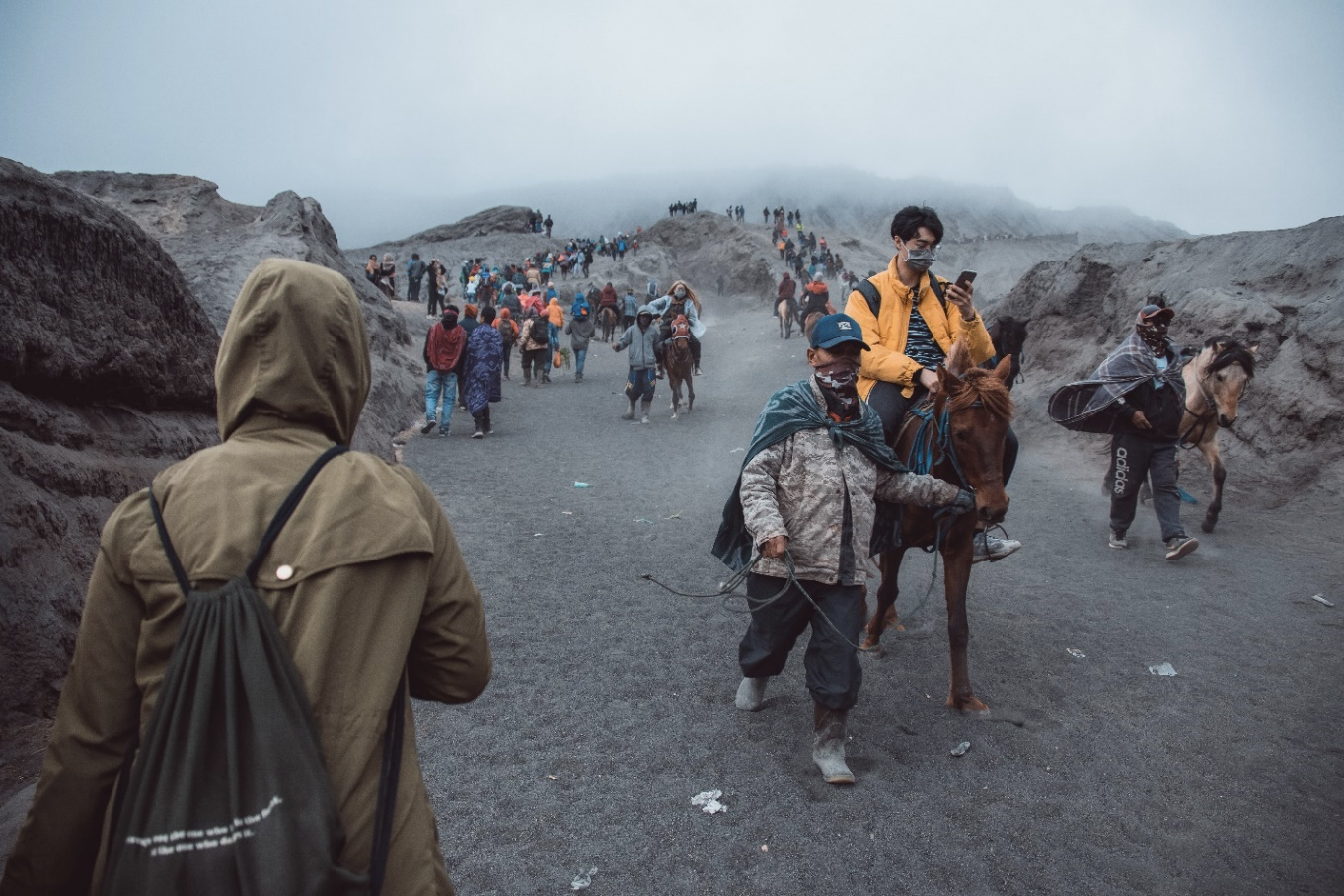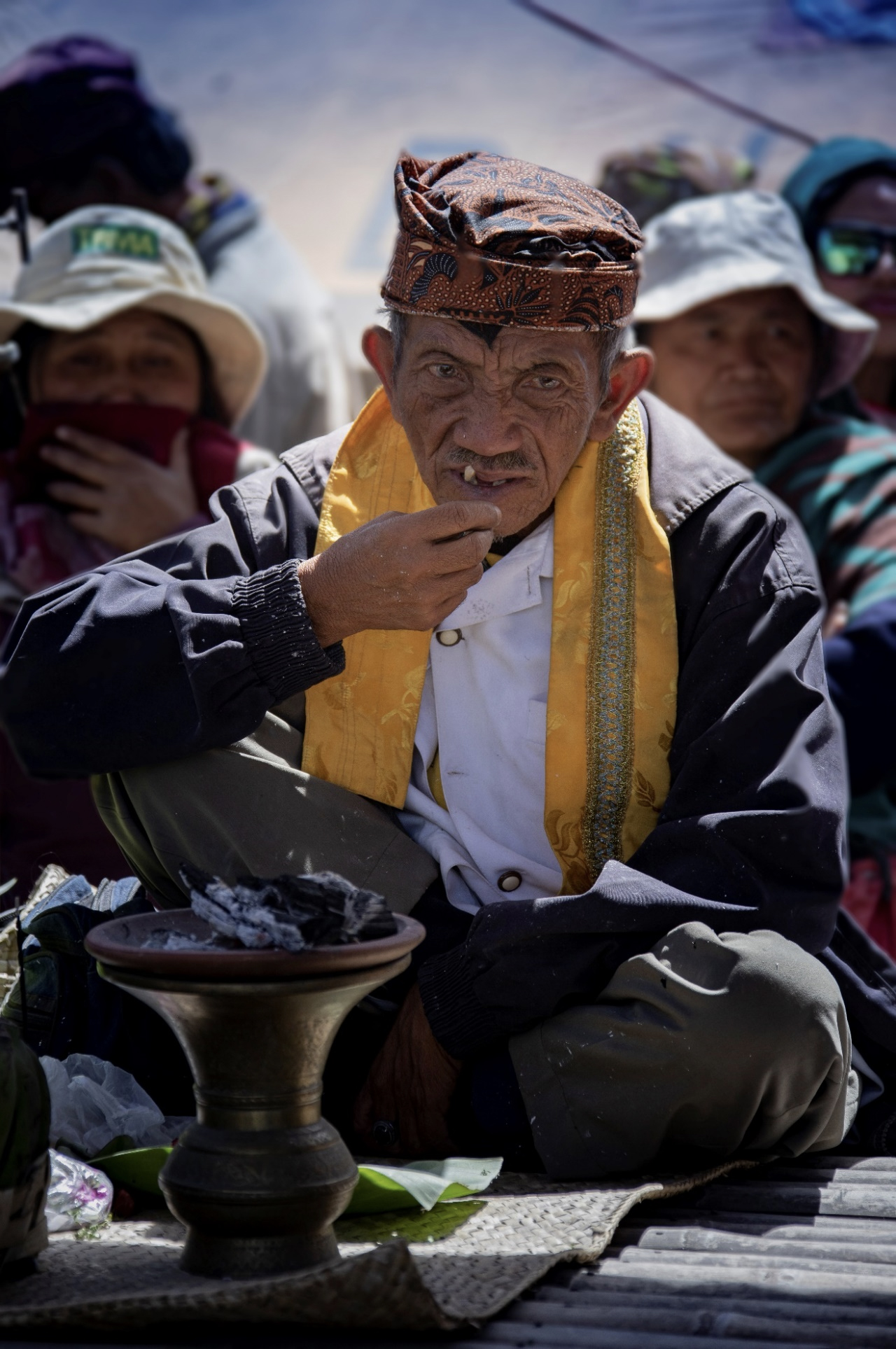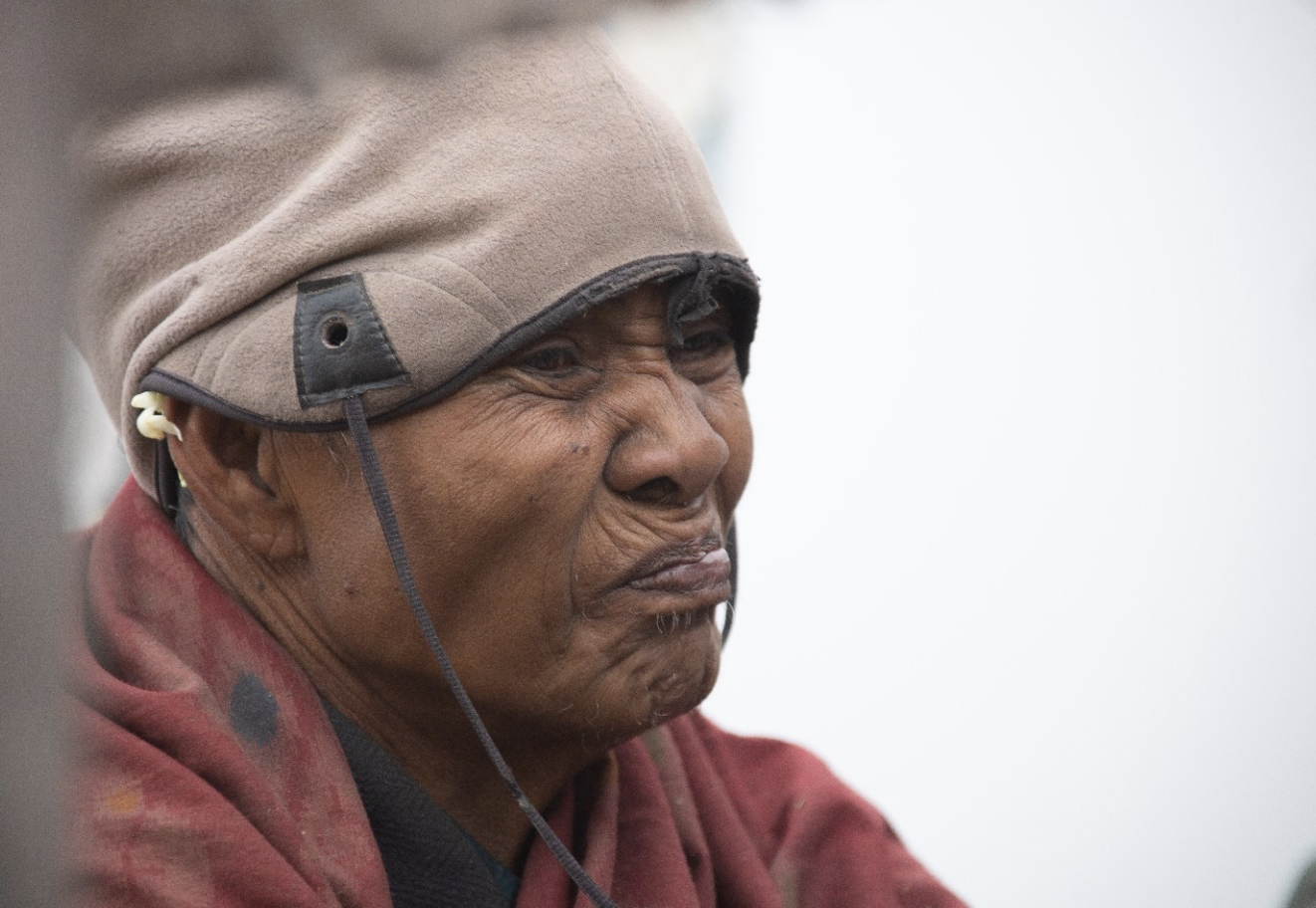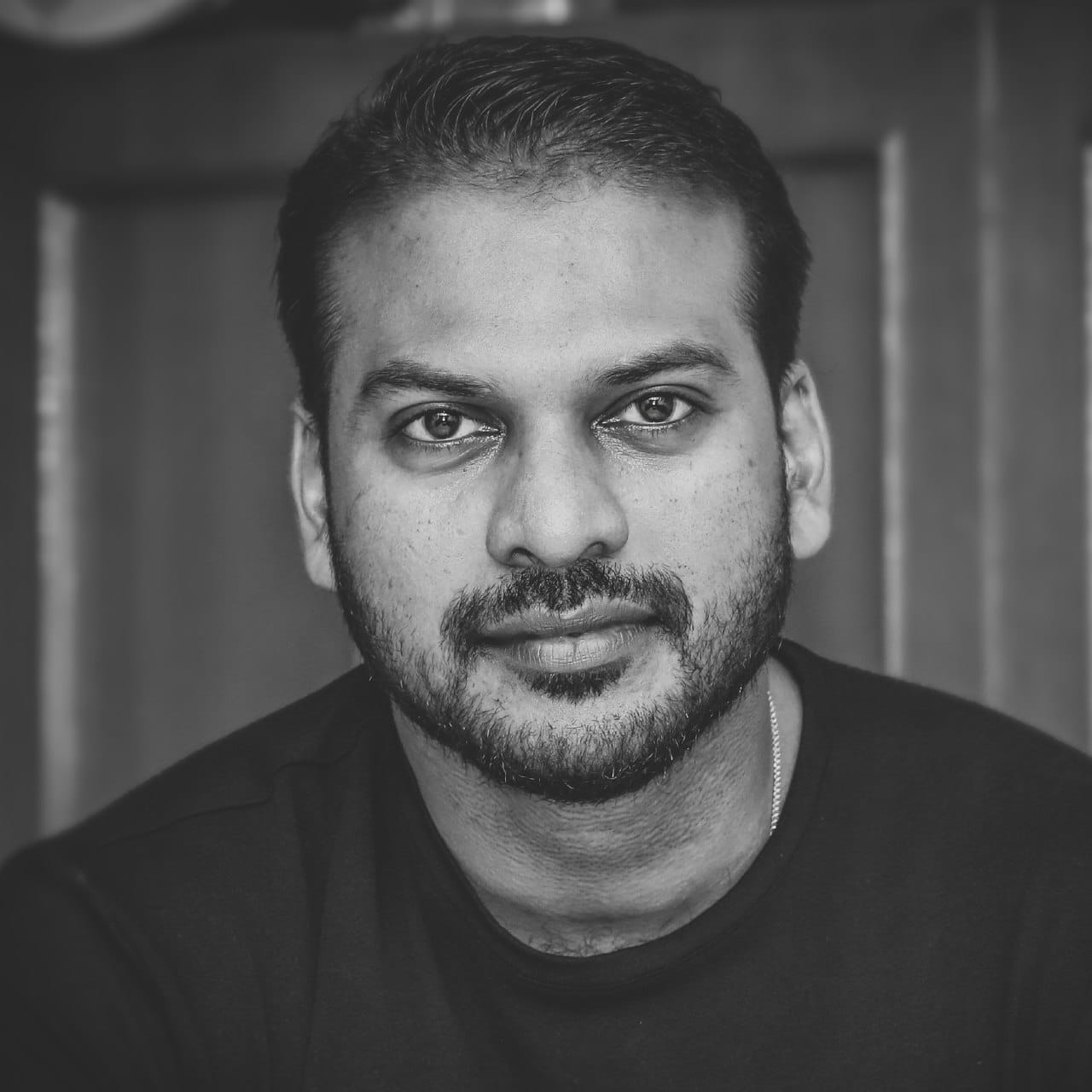Photostory
Anil T Prabhakar
‘People Of God”, the documentary work merely truthful expression of what I witnessed during my visit to Mount Bromo. The people who has been celebrating the legacy of mount bromo and its rituals attracted me much more than expected. My camera decided to travel much deeper into the people of god called Tenggerese, these ethnic people quite surprised me with their belief and rituals which has started medieval period of Majapahit Kingdom. Nothing has changed in the 21st century, keeping the perpetual rituals and behold the spirit of god realize how much they are connected with this sacred land and its belief.
Tengger People or Tenggerese, are one of the Indonesian tribes, they settled around Bromo Mountain which located around Pasuruan, Lumajang, Probolinggo and Malang Regency. The Tenggerese are the descendants of the Majapahit Princes. Their population is about 100.000 inhabitants within thirty villages. Tenggerese are being known as obedient Hindu followers. For them, Bromo Mountain is sacred. Before the 15th century, the past of the Tenggerese was linked with the Majapahit and other kingdoms from the earlier period. According to legend, Jaka Seger and Roro Anteng are the ancestors of the Tenggerese. The Tenggerese speak an archaic Javanese (Majapahit) dialect called Tengger Javanese. Elements of modern Javanese influences can be heard in their speech. They have their own written Kavi script based on the old Javanese Brahmi type. The Tenggerese also worship a host of spirits (ancestor worship). They include cikal bakal, the spirits of the founders of the village, the roh bahurekso, the village guardian spirits and the roh leluhur, the spirits of the ancestors. Rituals to propitiate these spirits are conducted by special priests. During these rites small doll-like figures representing the spirits are clothed in batik cloth and are presented with food and drink. It is believed that the spirits partake of the essence of these offerings. The Bromo volcano is considered one of the most sacred places. If it erupts, they believe that their god is terribly angry. The Tenggerese are basically either agriculturalists or nomadic herders. The agriculturalists generally live on the lower altitudes, while the nomads live on the higher altitudes, riding on small horses. They are doing cultivation all along the foothills of Bromo, such as cabbage, carrot, onion, garlic, cone, potato, and paddy. Tenggerese are very kind and clam people, they always welcoming visitors to bromo. We can easily notice them with their attire, usually wear their traditional headcap by batik cloths (Uding) and Dothi (Sarung) for covering their body from cold weather. Presently their economy completely depends on Agriculture and tourism, thousands of Hardtop vehicle belongs to villagers who they take us to Bromo as rental basis. IDR 500,000 to 700,000 for one visit rental for these hardtop jeeps. Motor trail and horses also available for ride inside bromo region.
Mount Bromo has settled by Tenggerese for about thousands of years. They are good of God followers and always do their custom strictly, has historical relationship with Majapahit. On the fourteenth day of the Hindu festival of Yadnya Kasada, the Tenggerese people of Probolinggo, East Java, travel to the mountain in order to make offerings of fruit, rice, vegetables, flowers and sacrifices of livestock to the mountain gods by throwing them into the caldera of the volcano. The origin of the ritual lies in the 15th century legend where a princess named Roro Anteng started the principality of Tengger with her husband, Joko Seger. The couple were childless and therefore beseeched the assistance of the mountain gods. The gods granted them 24 children but stipulated that the 25th child, named Kesuma, must be thrown into the volcano as a human sacrifice. But due to much affection towards last son, King hesitant to perform offering initially, but god warned him to destroy entire region if he is not following the promise. Finally, the gods’ request was fulfilled by them to save entire region. The gods’ request was observed, and so the tradition of offering sacrifices thrown into the volcano to appease the deities continues until today, but, of course, with no sacrifices of humans.
Instead, today chickens, goats and vegetables are thrown into the crater as sacrifice. According to another version of the legend the couple didn’t follow the promise. God becomes angry with threatening to inflict catastrophe, then there is a tempestuous circumstance into a pitch-black crater of Mount Bromo erupted fire. Their youngest son Kesuma vanished from the sight of the fire and into the crater of Bromo, along with Kesuma’s disappearance came the unseen voice, “My dear friends, I have been sacrificed by our parents and Sang Hyang Widhi saved all of you. Live peace and serenity worship the Sang Hyang Widhi, I remind you every month of Kasada on the 14th day to make offerings to Sang Hyang Widhi in the crater of Mount Bromo “. Tengger People still follow this tradition and ritual without any modernization.
The main festival of the Tenggerese is the Yadnya Kasada, which lasts about a month during June- july. On the 14th day of the Kasada, the Tenggerese go to Luhur Poten temple and ask for blessing from the main deity Hyang Widi Wasa and Mahadeva, the God of the Mountain (Mount Semeru). During this festival they conducting the examination of the Dukun (medicine men) memorizing prayers and mantra. The medicine man who passes the exam is chosen to be the spiritual leader of the Tengger tribe, this examination usually conducting during last day of Kasada festival at Luhur Poten Temple. Mantra completely as Sanskrit Vedic with Javanese modulation. Very rarely dukun passes this contest perfectly.
I have witnessed this great festival once, during this festival, there is a section to selecting new Priests/Medicine man (Dukun) for coming years. Those tests conducted by head priest (Kapala Adat) of Tengger ethnic in front of villagers, after this test, they will carry the offering things to Caldera as procession. These rituals mostly starting at 2 am at Pura Luhur Poten, it will continue till morning. Poten is a sacred area of land in the “Sea of Sand” which becomes place for Kasada festival. On the sand plain, locally called Segara Wedi (sand ocean), a hindu temple called Pura Luhur Poten is situated. The temple organises the Yadnya Kasada ritual which lasts about a month. On the 14th day, the Tenggerese congregate at Pura Luhur Poten to ask for blessings from Ida Sang Hyang Widi Wasa and the God of Mahameru (Mount Semeru). The temple consists of several buildings and enclosures arranged in a composition arrangement in the yard which is divided into three mandala (zone), Mandala Utama, Mandala Madya and Mandala Nista. The major difference between this temple and Balinese ones are the type of stones and building materials. Pura Luhur Poten uses natural black stones from volcanoes nearby, while Balinese temples are mostly made from red bricks.














…

…

